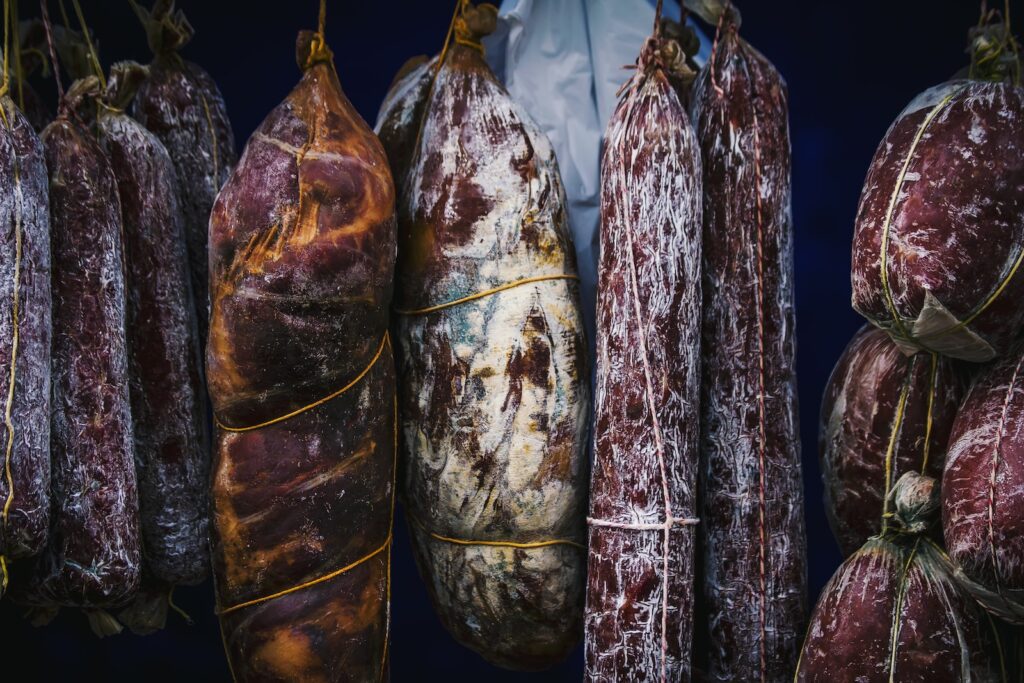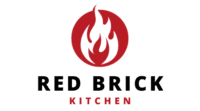Are you intrigued by the alluring aroma of cold-smoked foods like salmon and cheese but unsure how to replicate it at home? Look no further – we’re here to demystify the world of cold smoking and provide you with a detailed cold smoking guide that will have you becoming a cold smoking aficionado in no time.
Unveiling the Enigma: What is Cold Smoking?
Cold smoking, the culinary technique that adds a delicate smoky flavor to a range of ingredients, has captivated food enthusiasts worldwide. But how does it work? The answer lies in the careful separation of heat and smoke. Unlike hot smoking, where food is exposed to both heat and smoke, cold smoking maintains temperatures between 65℉–85℉ (18°C–29°C), preserving the integrity of the food’s texture and allowing smoke to work its magic.
The key principle of cold smoking is simple yet ingenious. By isolating the smoke source from the food, you ensure that the smoke imparts flavor without compromising the food’s safety. The fire is relegated to its own chamber, linked to the food chamber via a smoke-conducting connection. The result? A culinary marvel that tantalizes your taste buds without cooking the ingredients.

The Intricate Dance: Curing and Cold-Smoking
Cold-smoking is not just about flavor; it’s about preservation too. As the low temperatures don’t thwart bacterial growth, the process is often accompanied by curing. Curing involves treating the food with salt, which draws out moisture and inhibits bacterial development. When coupled with cold-smoking, the combined effect extends the shelf life of the treated food, ensuring it remains delectable for weeks.
But remember, not all cold-smoked foods require curing. Take lox, for instance – it’s smoked but not cured. Similarly, numerous cheeses and vegetables undergo cold-smoking without the need for prior curing. The artistry lies in understanding the interplay between these techniques to create culinary masterpieces.
Time: Your Ally in Cold-Smoking
The beauty of cold-smoking lies in its flexibility when it comes to smoking time. Unlike other methods where internal temperatures dictate cooking durations, cold-smoking allows you to tailor the experience to your preferences. Quick cold-smoking for cheese might take a mere couple of hours, while an elaborate endeavor like smoking a cured side of salmon could extend to 18–24 hours. The timeline is yours to decide, offering a realm of culinary creativity.
The Quest for the Perfect Cold Smoker
Just as there are a plethora of hot smoker types, the realm of cold smokers is equally diverse. We delve into three distinct categories, each catering to various preferences and levels of convenience.
1. Smoker Tubes: Simplicity at Its Finest
These nifty tubes effortlessly integrate into your existing grill or smoker. Fill them with wood chips or hardwood pellets, ignite them, and let the flavorful smoke weave its magic. The advantages of these tubes are apparent – they’re cost-effective, space-efficient, and a breeze to set up. However, refilling may involve opening the smoking chamber, affecting temperature control. Keep in mind that the smoke generated by these tubes does carry some residual heat.
2. Cold-Smoke Generators: Bridging Tradition and Innovation
Cold-smoke generators are adaptable units that attach to your preferred grill or chamber. While electric variants are common, some accommodate wood chunks alongside wood chips. The installation process may involve drilling a hole in your grill or chamber, so be prepared. These generators offer a controlled, continuous supply of smoke, making them ideal for longer smoking sessions.
3. DIY Cold Smokers: Craftsmanship in Culinary
For those seeking a hands-on approach, building a cold smoker can be an exhilarating project. A galvanized steel trash can, an incinerator can, and duct tubing can culminate in a functional cold smoker. It’s a weekend endeavor that marries your culinary passion with DIY ingenuity.
Elevating Your Culinary Repertoire
Embarking on the journey of cold smoking unveils a world of possibilities, where flavor knows no bounds and preservation takes center stage. Whether you opt for the convenience of smoker tubes, the versatility of cold-smoke generators, or the creativity of a DIY smoker, the rewards are boundless. So, embrace the art of cold smoking and elevate your culinary repertoire to new heights.
Wrapping it Up – Cold Smoking Guide
In the world of cooking and grilling, cold smoking brings a unique and tantalizing flavor to various foods. From smoked cheeses to cured meats, the art of cold smoking opens up a realm of culinary possibilities. Despite the seemingly counter-intuitive nature of smoke without heat, cold smoking thrives by keeping fire and food separate yet connected through a delicate dance of smoky flavor infusion. Whether you opt for user-friendly smoker tubes, venture into the realm of cold-smoke generators, or even embark on a DIY journey with a trusty trash can, your culinary creations are bound to reach new heights of smoky deliciousness. So, why not explore the world of cold smoking? Your taste buds will surely thank you.
FAQs: Cold Smoking Guide
What Exactly is Cold Smoking?
Cold smoking is a flavor-enhancing technique that infuses foods with a delightful smokiness without subjecting them to high cooking temperatures. By isolating the smoke source from the food, cold smoking preserves textures and imparts rich flavors, elevating your culinary creations to new heights.
Is Cold Smoking Safe for Food Preservation?
While cold smoking enhances flavor, it’s not a guaranteed method for food preservation. The low temperatures used in cold smoking do not inhibit bacterial growth, making cured and salted preparation vital to extend shelf life. Curing and cold-smoking work in tandem to safeguard food, ensuring both taste and safety.
How Does Cold Smoking Differ from Hot Smoking?
Cold smoking and hot smoking differ primarily in their purpose and technique. Cold smoking focuses on flavor enhancement, taking place at temperatures between 65℉–85℉ (18°C–29°C). Hot smoking, on the other hand, combines smoke and heat for cooking at higher temperatures. While both methods have their merits, cold smoking emphasizes preserving textures and flavors.
Can I Cold Smoke Any Type of Food?
Absolutely! Cold smoking adds depth to a wide array of ingredients, from meats and fish to vegetables and cheeses. The key lies in understanding the texture and flavor profile you wish to achieve. Remember, different ingredients might require varied smoking durations and techniques.
Why is Curing Important in Cold Smoking?
Curing plays a pivotal role in cold smoking by inhibiting bacterial growth and prolonging the shelf life of the food. The combination of curing’s moisture-reducing effects and cold-smoking’s drying properties contributes to preserving your culinary creations.
What Equipment Do I Need for Cold Smoking?
The equipment you need depends on your preference and skill level. Options range from simple smoker tubes that fit into your existing grill to cold-smoke generators that can be attached to your chamber or grill. DIY enthusiasts can even fashion their cold smokers using readily available materials.
How Long Does Cold-Smoking Take?
Cold-smoking offers flexibility in smoking duration. Unlike hot smoking, where internal temperatures dictate cooking times, cold smoking doesn’t require the food to reach a specific temperature. Smoking durations can vary widely, from a couple of hours for cheese to as long as 18–24 hours for meats or large items like cured salmon.
What Cold Smoking Method is Best for Me?
Selecting the right cold smoking method hinges on your preferences and available equipment. Smoker tubes offer simplicity and convenience, while cold-smoke generators provide controlled smoke over longer periods. For those keen on hands-on crafting, DIY cold smokers offer a rewarding creative project.
Is Cold Smoking Suitable for Beginners?
Absolutely! Cold smoking doesn’t require extensive culinary experience. With the right equipment and a willingness to learn, beginners can embark on their cold smoking journey and create impressive dishes that showcase the artistry of smoke.
Can I Combine Cold Smoking with Other Cooking Techniques?
Certainly! Cold-smoked ingredients can be integrated into various recipes, adding a unique smoky dimension. However, due to the low temperatures of cold smoking, some foods might need additional cooking after smoking to ensure safety and desired textures.
Last updated: September 24, 2023

